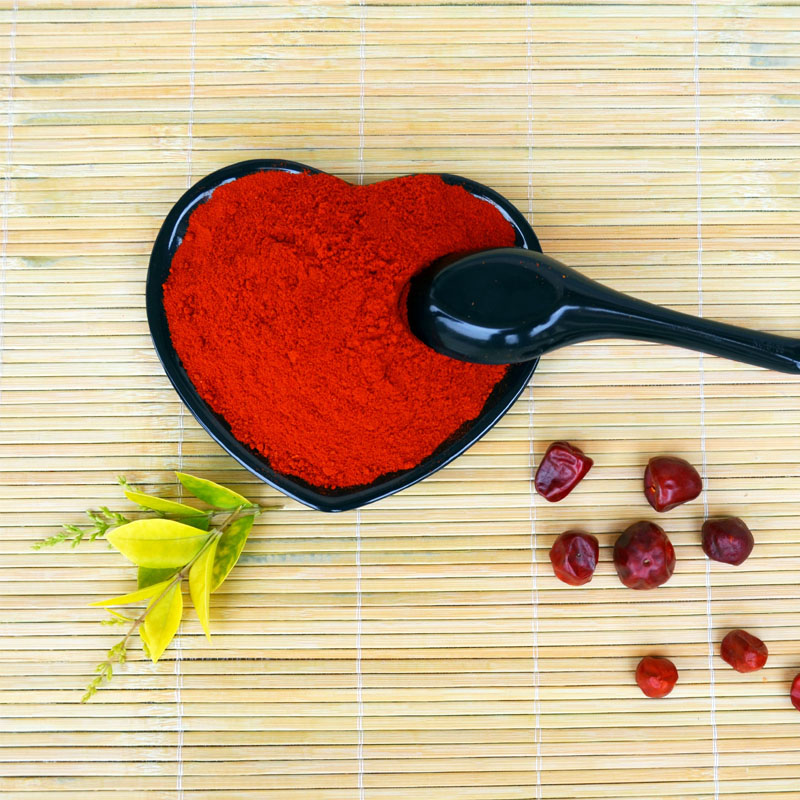- No. 268 Xianghe Street, Economic Development Zone of Xingtai city, Hebei 054001 China
- Byron@hbhongri.cn
fresh and dried chiles
Fresh and Dried Chiles A Culinary Journey
Chiles are a fundamental ingredient in many cuisines around the world, where their heat and flavor can take dishes from mundane to extraordinary. The world of chiles is diverse, with fresh and dried varieties offering distinct tastes, aromas, and culinary applications. Understanding these differences can elevate your cooking and enhance your enjoyment of this vibrant ingredient.
Fresh Chiles A Burst of Flavor
Fresh chiles are often celebrated for their bright, crisp flavors and varying levels of heat. They come in various shapes, sizes, and colors, ranging from the tiny, fiery Thai bird’s eye pepper to the milder, sweet bell pepper. Each variety boasts its unique taste profile, influencing the overall flavor of the dishes they adorn.
In cooking, fresh chiles can be used in a multitude of ways. They can be diced and added to salsas, pickled for a tangy kick, or grilled to enhance their natural sweetness. Chiles such as jalapeños and serranos are commonly used in Mexican cuisine, while poblanos can be roasted and stuffed, creating delicious dishes like chiles en nogada.
A crucial aspect of working with fresh chiles is understanding their heat levels, which are measured using the Scoville scale. For those unaccustomed to spice, starting with milder varieties such as Anaheim or banana peppers can contribute flavor without overwhelming heat.
Dried Chiles Depth of Flavor
Dried chiles, on the other hand, offer a different experience altogether. The dehydration process concentrates their flavors, resulting in a deep, smoky profile that adds richness to dishes. Common varieties of dried chiles include ancho, guajillo, and chipotle, each bringing a unique taste that can transform a recipe.
fresh and dried chiles

One of the most popular ways to use dried chiles is in making sauces, such as mole. The process typically involves rehydrating the chiles, blending them into a paste, and simmering them with various ingredients to achieve a complex, flavorful sauce. Dried chiles can also be ground into powder, providing an excellent seasoning that can be sprinkled onto soups, stews, or grilled meats.
Dried chiles have the added advantage of a longer shelf life, making them a pantry essential for those who wish to maintain a well-stocked kitchen. Their ability to provide depth to dishes makes them a staple in many traditional cuisines, from Indian to South American.
The Art of Pairing
Understanding how to pair fresh and dried chiles with different ingredients can significantly enhance your cooking. Fresh chiles often complement ingredients like tomatoes, garlic, and citrus, which can help balance their heat while allowing their flavors to shine. Dried chiles, being more concentrated, often work well with richer ingredients like meats, legumes, and grains, imparting a depth that complements their heartiness.
Moreover, chiles can be used synergistically; for example, a dish can be brightened with fresh jalapeños while also incorporating a smoky chipotle powder for complexity. This layering of flavors can elevate a dish to new culinary heights.
Conclusion
Whether you prefer the lively zing of fresh chiles or the deep, smoky notes of dried ones, both forms are essential in creating delicious, complex dishes. The versatility of chiles allows them to play a starring role or a subtle supporting act in your cooking. As you explore the world of fresh and dried chiles, you’ll find a treasure trove of flavors waiting to be discovered—each with its own unique story and culinary potential. Embrace this vibrant ingredient, and let it inspire your next culinary adventure!
-
Turmeric Rhizome Powder: A Golden Treasure from Roots to TableNewsJul.28,2025
-
The Versatile Application Of Crushed Red Hot Peppers: Lighting Up The Red Flames On The Dining TableNewsJul.28,2025
-
The Paprika: A Touch Of Vibrant Red In Color, Flavor, And CultureNewsJul.28,2025
-
Ground Turmeric: A Modern Examination of an Ancient SpiceNewsJul.28,2025
-
Capsicum Liquid Extract: Features, Applications, and ChallengesNewsJul.28,2025
-
Application of Capsicum Liquid Extract in FoodNewsJul.28,2025







